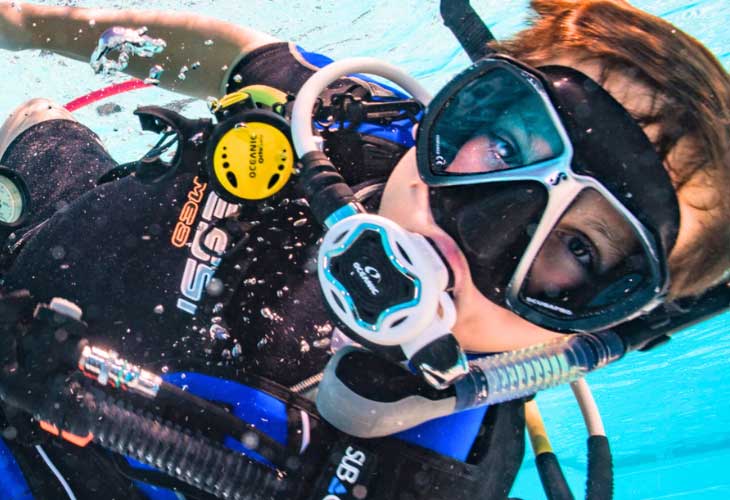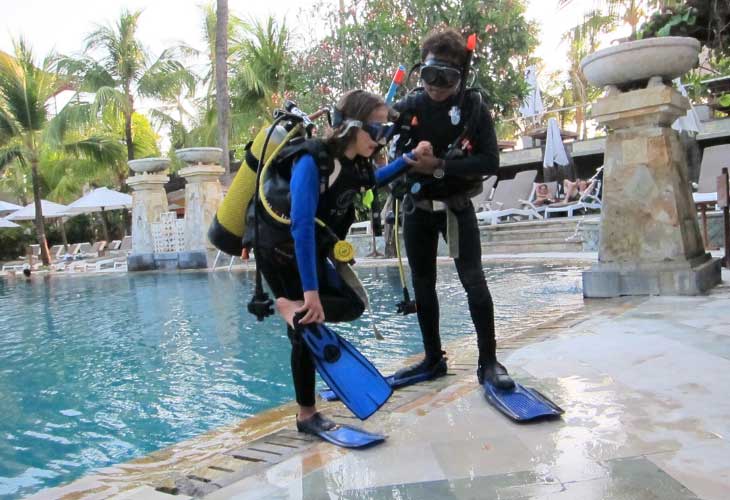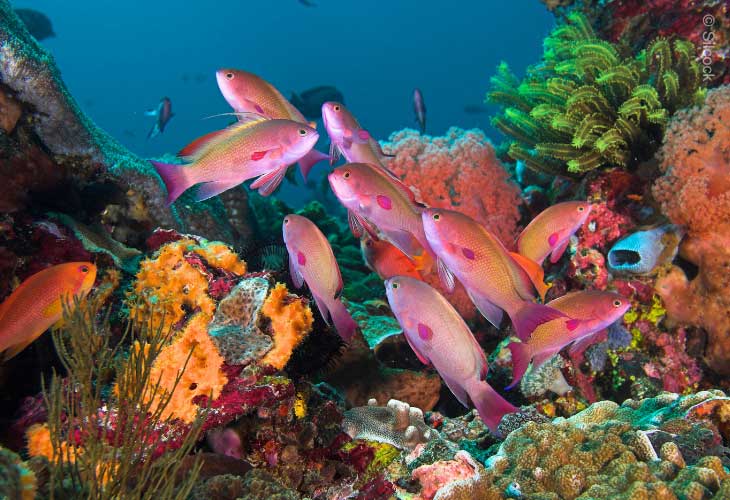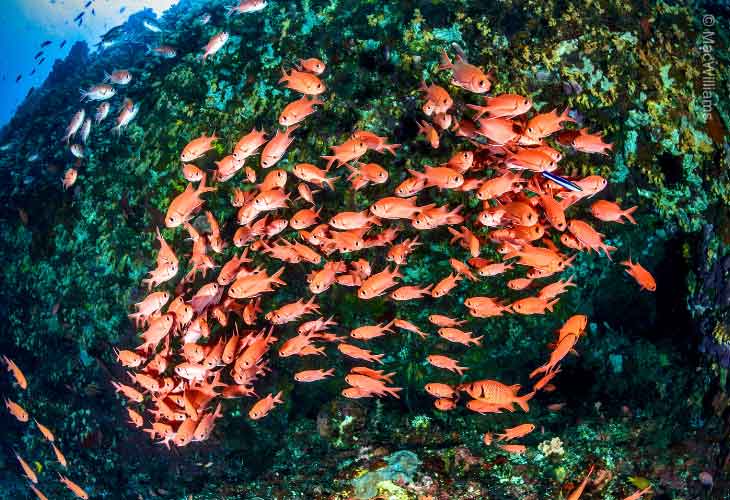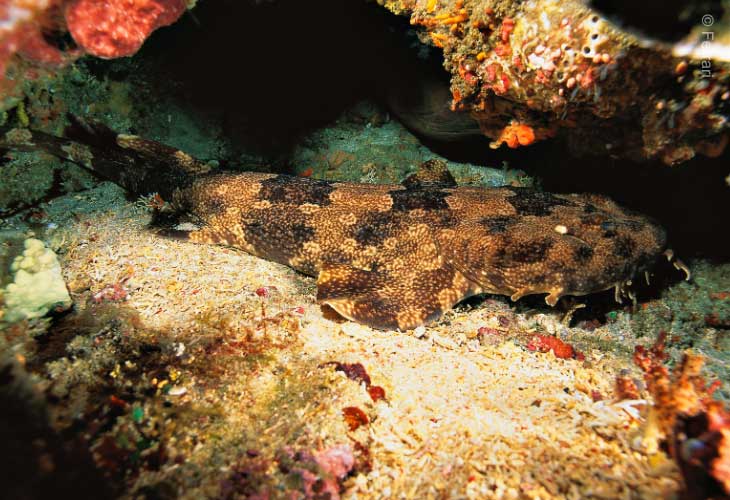Triton Bay: Remote Diving in Indonesia’s Hidden Corner
Located in West Papua, Triton Bay forms part of the Birds Head Seascape and is known for its rich biodiversity, vibrant soft corals, and quiet, remote setting. With few visitors and limited dive operations, it remains one of Indonesia’s most untouched marine environments. Divers come for pristine reefs, colourful coral gardens, and the chance to see rare species found only in this region.
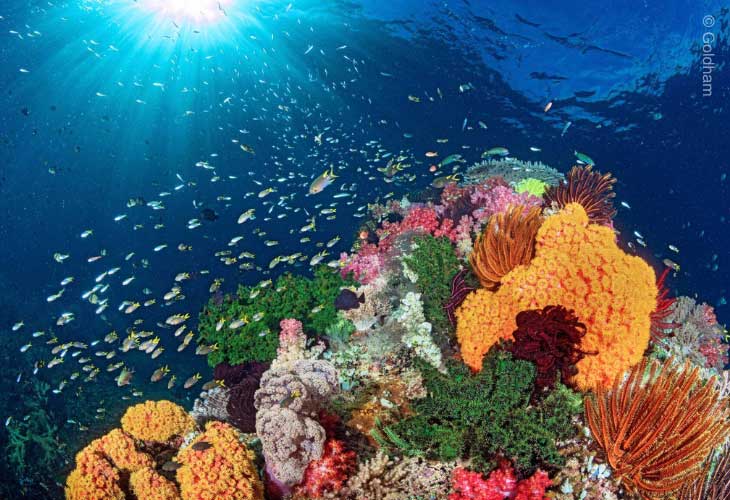
What to Expect Underwater
Triton Bay is recognised for its distinctive soft corals, black coral forests, and healthy sea fans. Conditions vary, but dive sites are generally suitable for a wide range of experience levels. Marine life includes pygmy seahorses, walking sharks, schools of fusiliers, and occasional whale sharks visiting traditional bagan platforms.
Visibility can shift with plankton, yet nutrient-rich water supports abundant life. Macro photographers will find unusual species in sheltered areas, while the occasional pelagic passes through open water. Diving is usually conducted from small boats, with short travel times to most sites.

Planning Your Visit
The best season to visit Triton Bay runs from October to June, when the weather is calmer and dive conditions more predictable. Accommodation is limited and typically eco-focused, helping the region maintain a low-impact environment. Access is via Kaimana, served by domestic flights from major Indonesian cities, with resort transfers arranged locally.
This area is well suited to divers who enjoy remote locations, relaxed schedules, and uncrowded marine sites. Non-divers can take boat trips through limestone islands or enjoy light trekking.
If you are considering a diving trip to Triton Bay and would like assistance arranging accommodation, transfers, or a tailored dive package, you are welcome to get in touch for planning support.




